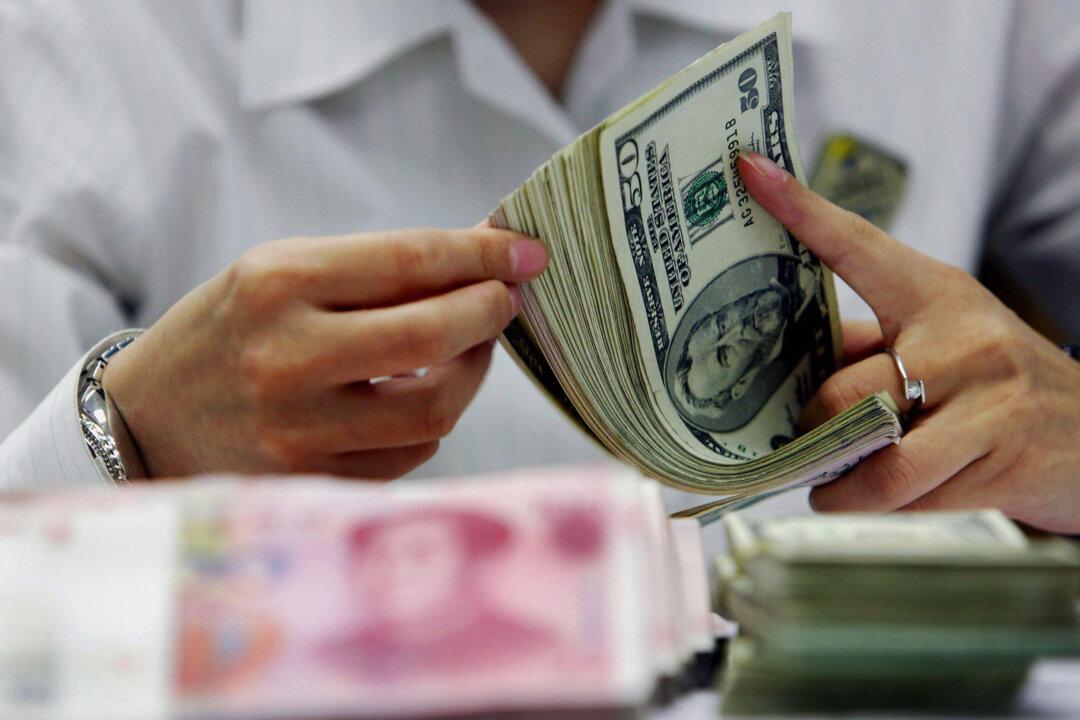Commentary
With the International Monetary Fund (IMF) now allowing countries to pay dollar-denominated debt in the Chinese yuan, what does that mean for the U.S. dollar?

With the International Monetary Fund (IMF) now allowing countries to pay dollar-denominated debt in the Chinese yuan, what does that mean for the U.S. dollar?